How to Spot Knives with Bad Ergonomics: Surgeon Weighs In
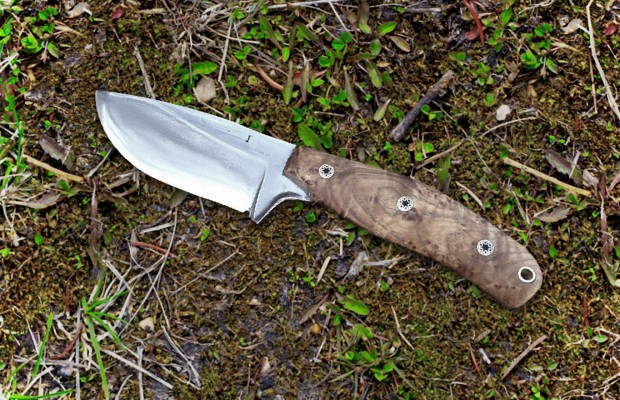
What makes a knife handle ‘bad?’ Knife maker Kyle Ver Steeg thinks about this question more than most makers. The Iowa native brings the perspective of both a plastic surgeon and lifelong outdoorsman to create knives with subtle, refined ergonomics. Ver Steeg is also a user who appreciates a wide variety of knives, but he says when it comes to hard use, not all handles are created equal. We reached out for some tips on how to avoid buying knives with poor ergonomics.
Consequences of Poor Ergonomics
Ver Steeg’s training as a plastic surgeon gives him a thorough understanding of the anatomy of the human hand. He says that a bad handle is more than just uncomfortable. “You’re going to be able to do less work with it, and at the end of that work you’re going to be more tired.” Increased strain also makes you more prone to accidents and slip-ups – and these issues are just the immediate pitfalls. “If you do that day after day for years, you’re going to have problems,” Ver Steeg explains.
Sharp Angles
Ver Steeg suggests steering clear of slab-style handles. Handles with sharp angles and squared off pieces disagree with the naturally curved dimensions of the hand. “Even if you lay your hand flat on a table, there’s still a curve to it,” Ver Steeg says. “The problem is your hand is going to have to compensate for that angle if you’re using it all day every day. You’re limiting how long you’re going to be able to use the knife under prolonged use.”
Short Handles
Ver Steeg points to a 2010 study that revealed that more than 50% of grip strength comes from the ring and pinky fingers. Handles that are too short fail to make room for one or both of these fingers, which function as an anchor when your hand closes in a standard grip. Short handles result in a weaker grip and put more strain on your thumb and front fingers.
> > Keep your folders awesome. Grab a Pack of 5 Microfiber Blade Sleeves for $8.99 < <
Finger Grooves
This problem also applies to full-size knives that incorporate finger grooves. Ver Steeg tells us fingers are designed to pull together in a secure, anchored grip. “When you’re making a grip like that your fingers are getting locked together,” Ver Steeg explains. The finger groove material prevents your fingers from locking in even if you can fit all five digits on the handle.
Good Knife Handle Ergonomics
Ver Steeg recommends knives that incorporate a swell in the middle of the handle to make contact with the center of your palm. Gentle curves at the front and back of the handle also keep your hand from sliding forward or backward. These elements don’t need to be taken to the extreme, either. Ver Steeg incorporates ergonomic features in a subtle way on his own knives. He says the lightest touch is all that’s needed. “You don’t have to make goofy looking stuff. These subtle changes make a big difference in how a knife feels.”
Knife featured in image: Ver Steeg Custom Fixed Blade



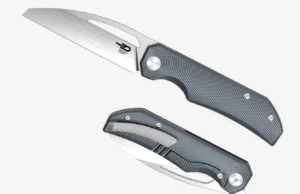
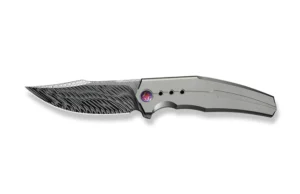
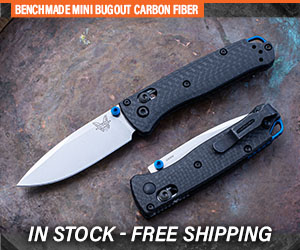
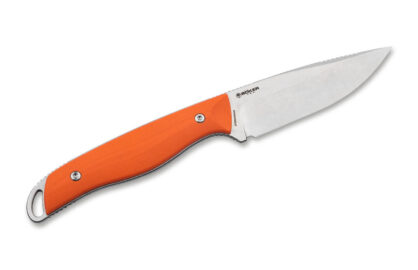




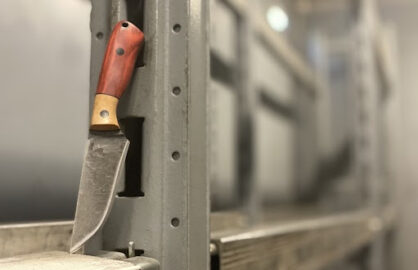

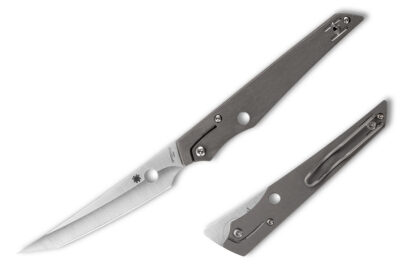

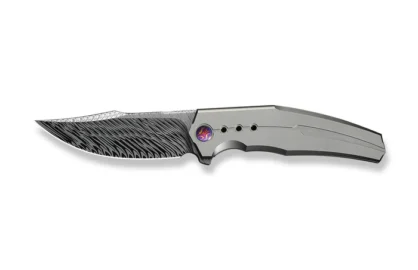
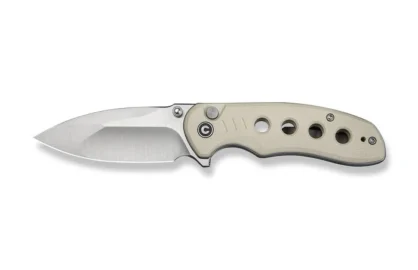




0 comments